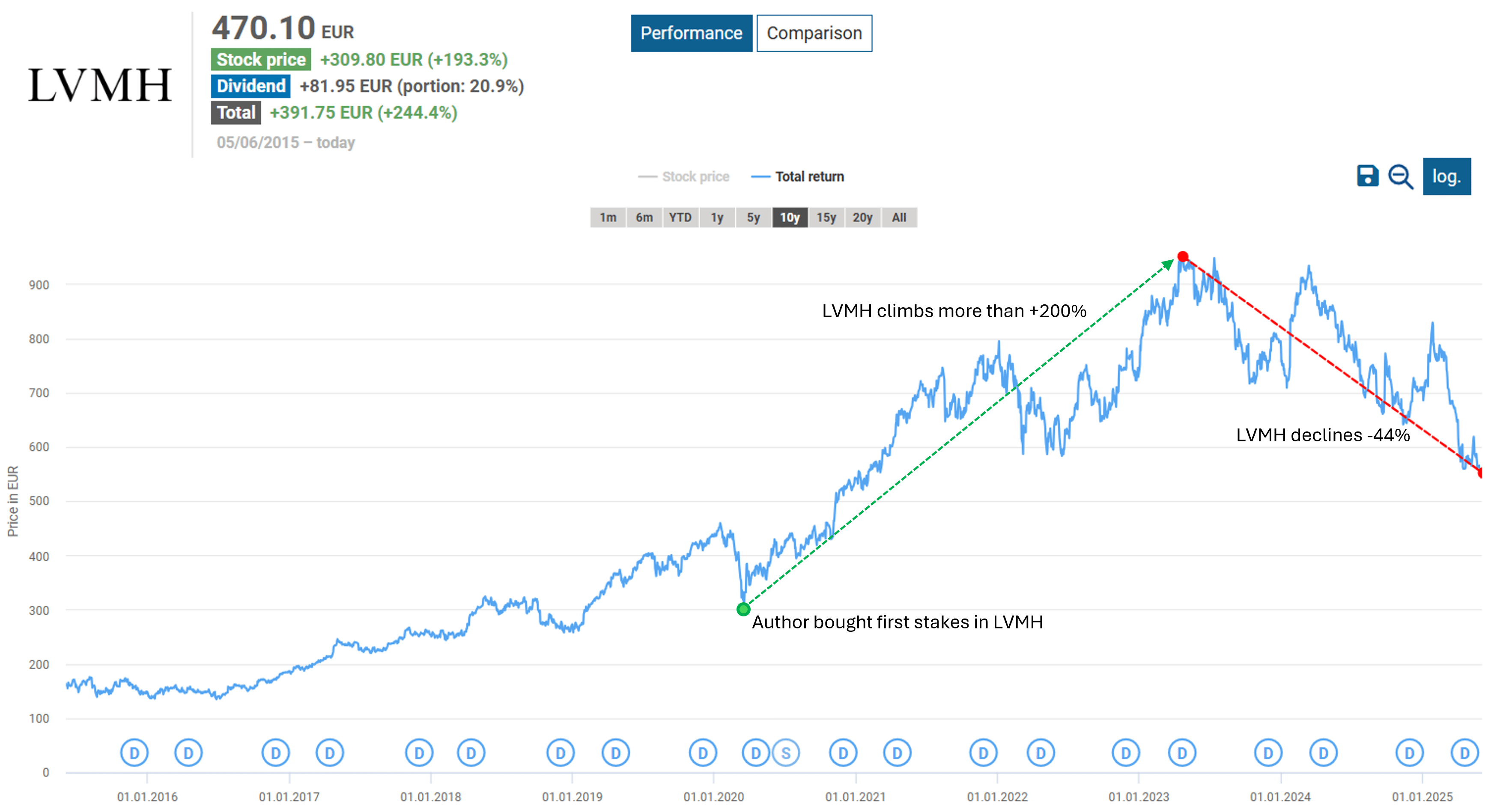
LVMH Faces Headwinds as Cognac and Champagne Sales Falter
Right now, one of the most unexpected turns in the luxury sector is happening at LVMH, the French powerhouse behind many of the world’s most prestigious brands. While LVMH is often seen as unshakable, the group is currently weathering a turbulent moment—specifically in its wine and spirits division, Moët Hennessy. Known for iconic names like Hennessy cognac, Moët & Chandon, Veuve Clicquot, and Dom Pérignon, this arm of LVMH has long been a symbol of refined indulgence and global prestige. But the glow is dimming, and numbers don’t lie.
In 2024, Moët Hennessy posted a significant 36% drop in operating profit—a stark contrast to the buoyant image we often associate with luxury bubbly and aged spirits. The shock doesn’t stop there. The division’s revenue slipped 11% to €5.9 billion, and the downward trend continued into early 2025, with first-quarter sales dropping another 9% to €1.3 billion. This slump is no minor bump. While wines and spirits make up only around 7% of LVMH’s total revenue, they carry a disproportionate share of operating profit thanks to their high margins. When this division suffers, the impact resonates well beyond its size.
Also Read:- Texas Dominates Game 3 to Capture First WCWS National Championship
- Djokovic vs Sinner – A Semi-Final Clash of Generations at Roland-Garros
There are several forces at play here. First, there’s the broader cognac crisis, heavily influenced by U.S. tariffs and declining demand in key markets. Then there's what the French are calling a "trou d’air" —an air pocket—in champagne sales, a poetic way of saying the sparkle has fizzled, at least for now. These aren't just market corrections—they signal structural shifts in consumer behavior and international trade dynamics.
It’s also important to note that this isn’t just a problem for LVMH’s bottom line; it's a cultural moment. Cognac and champagne aren't just products—they're part of the French identity, deeply woven into global celebrations, diplomacy, and luxury branding. Bernard Arnault, LVMH’s CEO, has even voiced fears of a “catastrophe” for the cognac sector, especially in Charente, the heartland of Hennessy production.
Interestingly, the rest of LVMH’s empire—fashion, leather goods, jewelry, cosmetics—is still holding strong. But this stumble in wines and spirits is a reminder that even titans have weak spots, and even the most timeless luxuries are vulnerable to shifting economic winds.
So what happens next? The road ahead may involve new strategies, fresh markets, or even reimagining how these heritage products are positioned in a rapidly evolving world. One thing’s for sure: the luxury giant is being forced to adapt, and fast. The sparkle of champagne and the warmth of cognac may return—but not without weathering this storm first.
Read More:

0 Comments